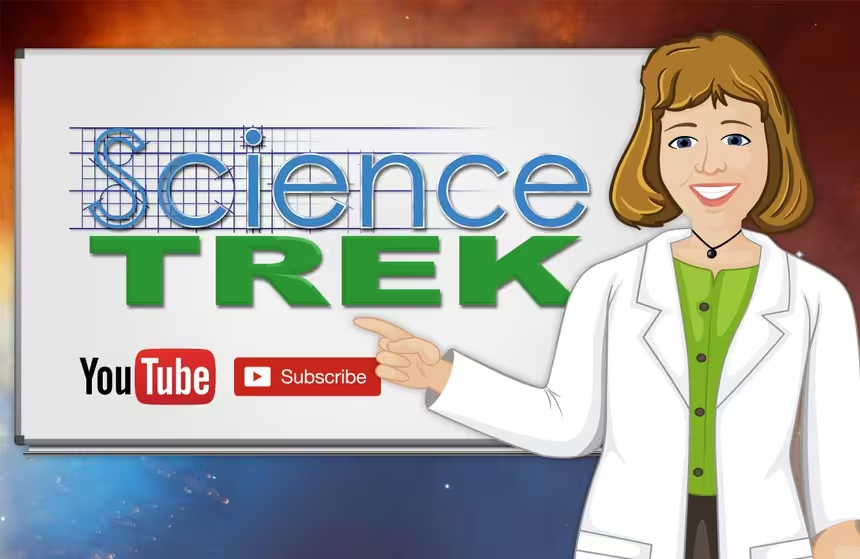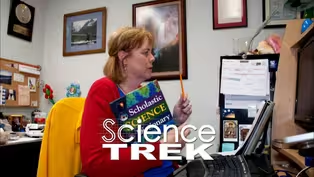
Television & Streaming: Watching the Waves
Clip: Special | 1m 4sVideo has Closed Captions
What’s the electromagnetic spectrum and why is it essential to streaming and broadcasting?
Over-the-air television and cellular streaming video are possible because of something you can’t see-electromagnetic radiation. Learn more about the waves that make video streaming and television broadcasting possible.
Problems playing video? | Closed Captioning Feedback
Problems playing video? | Closed Captioning Feedback
Science Trek is a local public television program presented by IdahoPTV
Major Funding by the Laura Moore Cunningham Foundation and the Idaho National Laboratory. Additional Funding by the Friends of Idaho Public Television and the Corporation for Public Broadcasting.

Television & Streaming: Watching the Waves
Clip: Special | 1m 4sVideo has Closed Captions
Over-the-air television and cellular streaming video are possible because of something you can’t see-electromagnetic radiation. Learn more about the waves that make video streaming and television broadcasting possible.
Problems playing video? | Closed Captioning Feedback
How to Watch Science Trek
Science Trek is available to stream on pbs.org and the free PBS App, available on iPhone, Apple TV, Android TV, Android smartphones, Amazon Fire TV, Amazon Fire Tablet, Roku, Samsung Smart TV, and Vizio.

Science Trek
Science Trek is a place where parents, kids, and educators can watch short, educational videos on a variety of science topics. Every Monday Science Trek releases a new video that introduces children to math, science, technology, engineering, and math (STEM) career potentials in a fun, informative way.(Science Trek music) JOAN CARTAN-HANSEN, HOST: Over-the-air television and cellular streaming videos are possible because of something you can't see.
The data for both are carried by electromagnetic radiation.
That is energy that travels as waves.
The electromagnetic spectrum is how we classify the different types of waves.
At one end are radio waves, then microwaves, infrared waves, visible light, ultraviolet waves, X-rays, and at the end are gamma rays.
Cell phones and television signals operate next to each other within the radio waves part of the spectrum.
There is a limited amount of space on the electromagnetic spectrum, so who gets to use what part is regulated by the government.
And that's important because signals can't overlap or interfere with each other, or they won't work.
If you have a television set and an antenna, you can get over-the-air television channels for free.
The picture quality is better, and you can get local information.
And that's important in an emergency, or even if it's just an alert about closing schools and a snow day!
For more information about television and streaming, check out the Science Trek website.
You'll find it at ScienceTrek.org.
Television & Streaming: Who Makes Science Trek?
Video has Closed Captions
Clip: Special | 1m 4s | How do they create a Science Trek video? (1m 4s)
Providing Support for PBS.org
Learn Moreabout PBS online sponsorship
- Science and Nature

Explore scientific discoveries on television's most acclaimed science documentary series.

- Science and Nature

Capturing the splendor of the natural world, from the African plains to the Antarctic ice.












Support for PBS provided by:
Science Trek is a local public television program presented by IdahoPTV
Major Funding by the Laura Moore Cunningham Foundation and the Idaho National Laboratory. Additional Funding by the Friends of Idaho Public Television and the Corporation for Public Broadcasting.
